If you’re looking for a destination full of islands, dreamlike beaches, incredible diving spots, and peaceful hideaways, we’re almost certain the Philippines is one of the options you’re considering.
This country, often hailed as one of the most paradisiacal in Southeast Asia (which says a lot), can be quite expensive to reach. However, with some planning and a few tips, you can make your dream trip happen without breaking the bank.
That’s why we’ve created this travel guide to the Philippines, packed with all the information we’ve published about this destination, to help you organize your getaway before you lose yourself forever among its thousands of islands.
Whether you need a visa depends on how long you plan to stay in the Philippines. For stays of less than a month, a visa is not necessary; at the airport, your passport will be stamped with the permitted stay duration (30 days).
However, if you plan to stay longer, you’ll need to apply for a visa for the Philippines. We’ll also guide you through the process of extending your Philippine visa quickly if you plan to stay for an extended period.
The main airports for flying to Asia from Europe are Bangkok, Kuala Lumpur, and Hong Kong. From there, you can find affordable flights to almost every corner of Southeast Asia, including Manila. The only challenge at the moment is the ongoing Covid-19 restrictions… which will need to be lifted before travel fully resumes.
It’s essential to travel to Philippines with comprehensive insurance. We were among the first to offer the popular 5% IATI discount, and you can now get it with Heymondo Travel Insurance as well. You can find more information about both companies through the links provided above, or you can access the discount directly using the buttons below (in both cases, you’ll see the reduced final price on their website):
The Philippines has a tropical climate, typically divided into two main seasons: the dry season and the rainy season. The best time to visit the Philippines is generally during the dry season, which usually runs from November to April. Here’s what to expect during each season:
If possible, plan your trip between December and February to enjoy the most pleasant weather conditions. However, bear in mind that weather patterns may vary depending on the specific region of the Philippines you plan to visit, as the country consists of many islands.
You can check the latest weather updates on the official Philippine government website: PAGASA. We relied on this resource extensively during our six-month stay in the country to track typhoons forming in the area.
While many hotels, guesthouses, and restaurants in Philippines offer free Wi-Fi, some travelers prefer or need a constant connection. We’ve included details on obtaining a eSIM Philippines card with unlimited data (from Holafly) or with fixed data but cheaper (from Saily).
If you want to get it directly, here’s the link (with a discount) for both companies:
If you’re heading to this popular Southeast Asian country, you should know that the currency of the Philippines is the Philippine Peso (PHP), available in both bills and coins.
Certain vaccines are recommended depending on the type of trip and the duration of your stay.
The best approach is to schedule an appointment at an international vaccination center well in advance, as waiting lists can be long. There, specialized doctors can advise you, answer all your questions, and provide tailored recommendations. In addition, they will give you essential information on preparing your first aid kit and preventing diseases with basic precautions.
Knowledge is power—once you have all the necessary information, you’ll be able to make the best decision for your trip.
In the northern part of Palawan Island lies the town of El Nido. While the town itself—overlooking the sea—is neither particularly beautiful nor, in my opinion, very welcoming, its main attraction lies in the surrounding area.
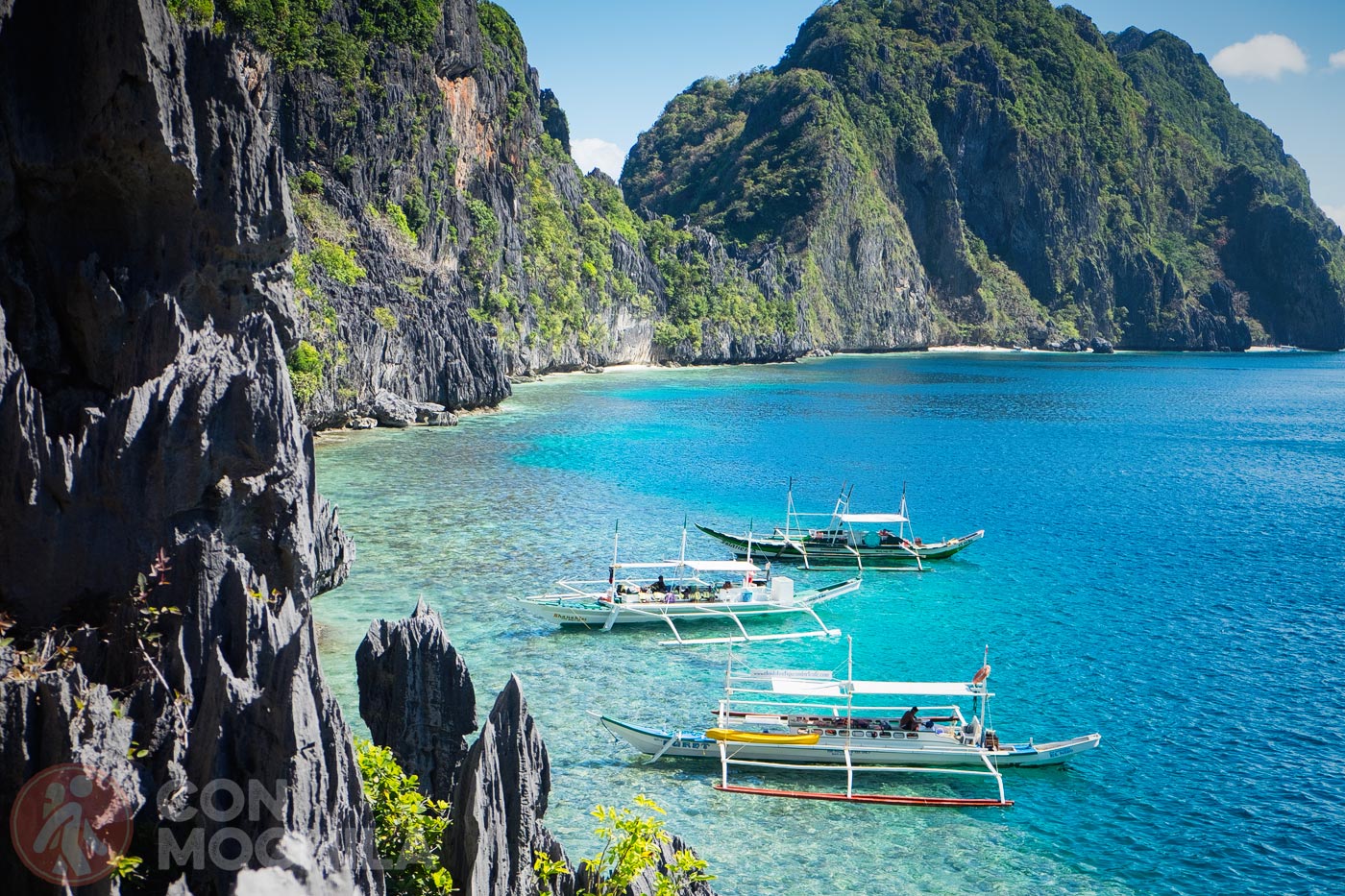
From El Nido, you can take excursions to visit various beaches and waterfalls. However, the most exceptional highlight is undoubtedly the Bacuit Archipelago—a collection of islands with karst formations, lagoons, hidden beaches, stunning reefs, and unforgettable landscapes.
Boracay Island is, by far, one of the most touristy and well-known spots in the Philippines. This reputation, which attracts people from all over the world in search of parties and fun, tends to repel more relaxed travelers who shy away from the crowds.
Even so, Boracay has a treasure that we—closer to the description of the latter—could not resist: a 4-kilometer-long beach with powdery white sand and mesmerizing turquoise waters.
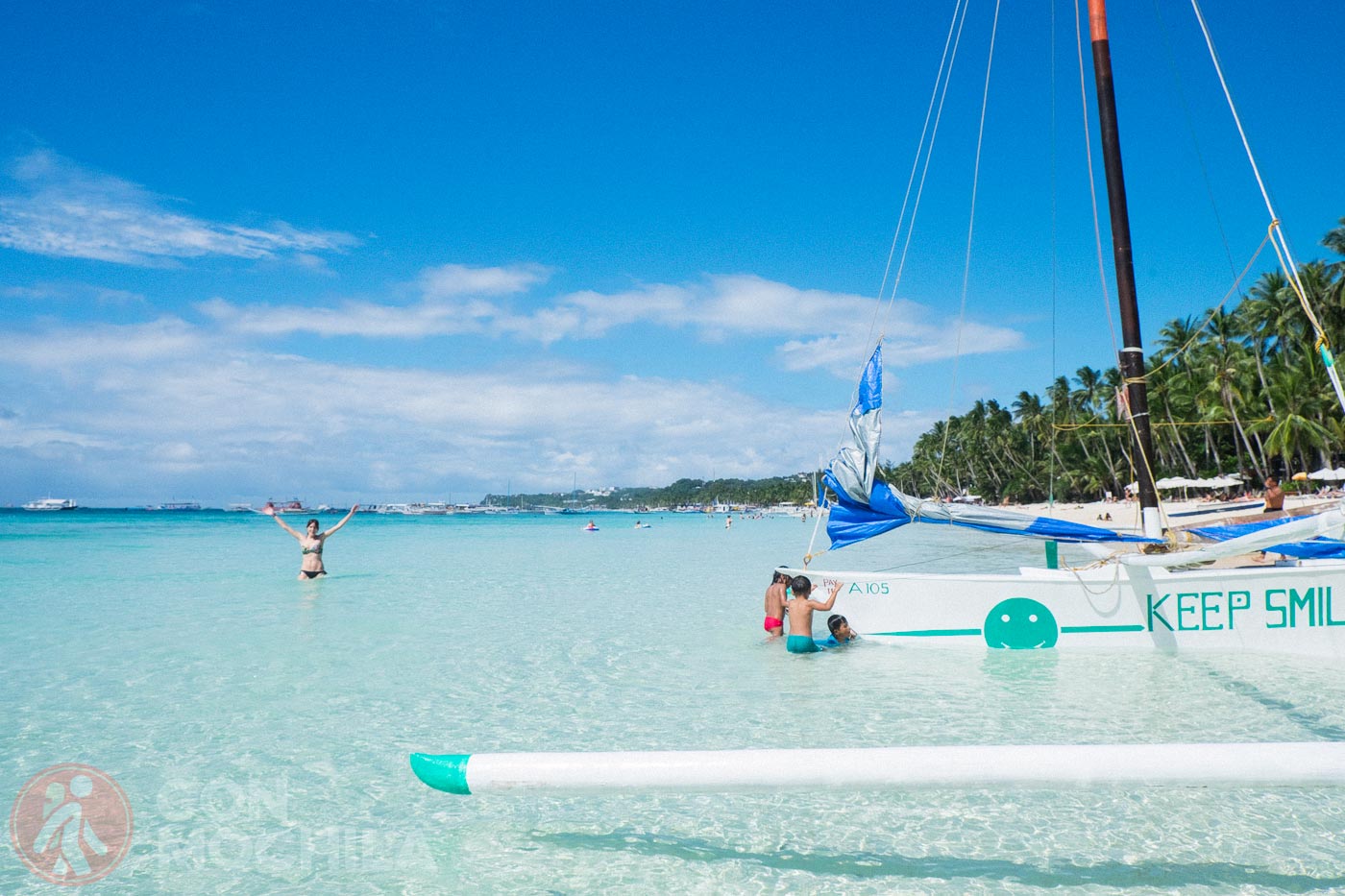
For travelers, apart from diving, partying, or kitesurfing, the beaches are what make Boracay irresistible. This island wouldn’t be what it is without them, so here are some of the ones we visited.
Located northeast of Cebu Island, Located northeast of Cebu Island, Malapascua is a quiet island destination, less than three kilometers long. It is especially popular with divers, as it is one of the few places where you can spot thresher sharks in its waters.
Snorkeling around the island isn’t particularly special, as much of the coral is damaged. However, the true charm of Malapascua lies in its unhurried pace—a sense of slowness and tranquility that makes it a perfect spot for relaxation.

An island of contrasts, with dirt streets and a cemented coastline, children selling wares and children playing, local food stalls alongside tourist restaurants, friendly faces alongside grumpy ones, and travelers who arrive with a clear goal and others who are simply passing through.
The small town of Port Barton, located halfway between Puerto Princesa and El Nido, is one of those rare places in the Philippines where you can still enjoy the scenery without being “harassed” all day by eager tourist hunters, aside from the occasional persistent boatman offering a ride on his bangka to visit the nearby islands.
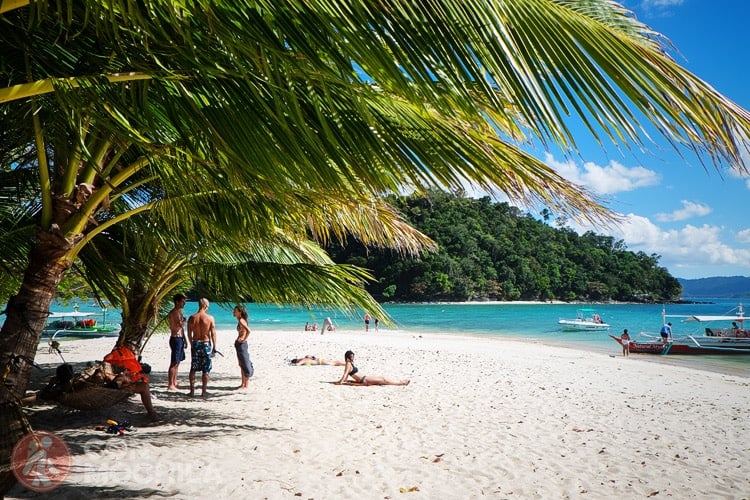
The difficult access, absence of large resorts, and the simplicity of the town itself seem to be the perfect recipe for its charm.
Apo Island is about a half-hour bangka ride from Malatapay in the southern part of Negros Oriental province. It’s so small that you can count the number of accommodations on one hand, which contributes to its relaxed and tranquil atmosphere.
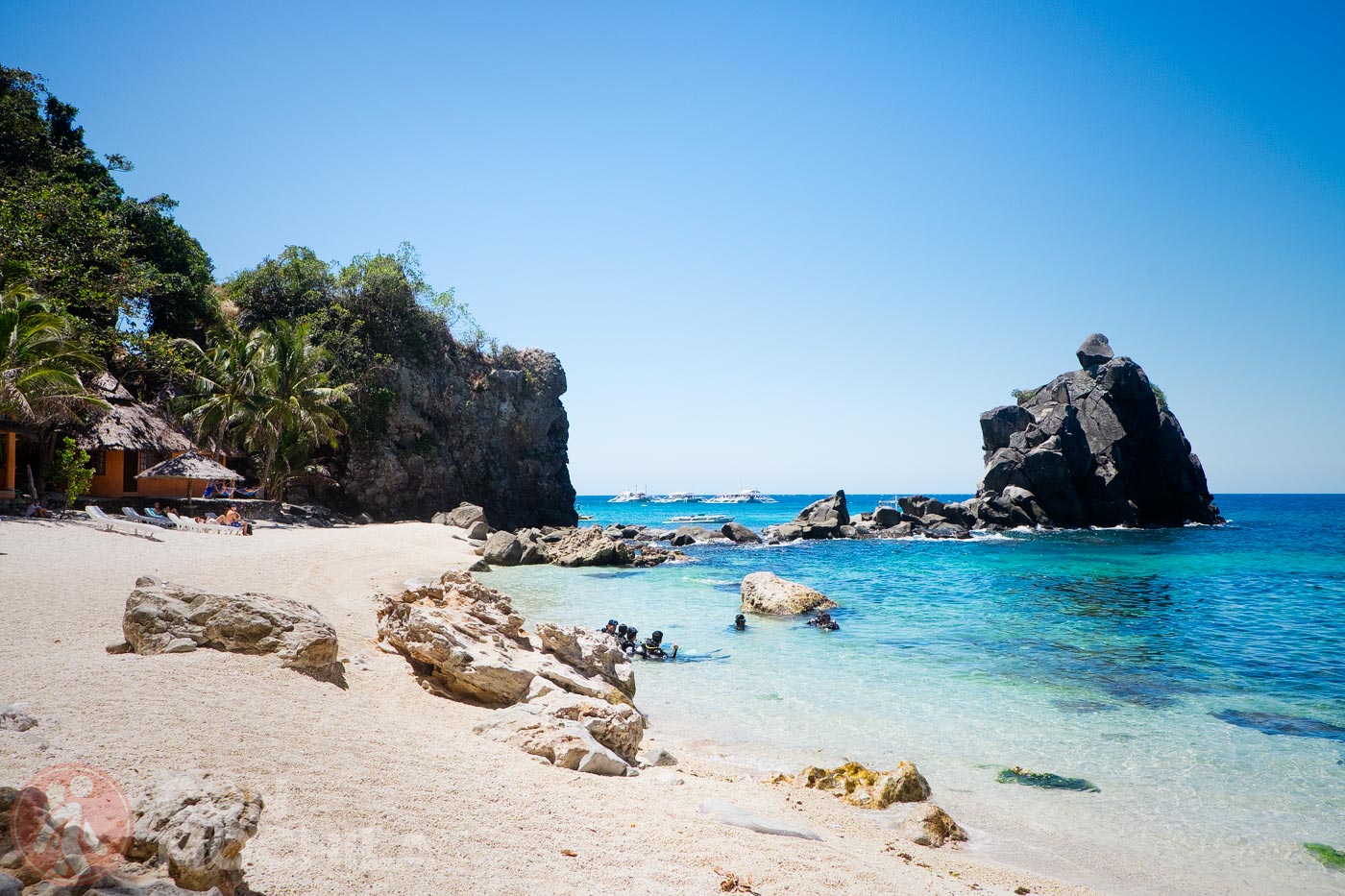
Despite its size, Apo Island is incredibly popular among diving and snorkeling enthusiasts, thanks to the beauty of its marine life. Above all, it has earned a reputation as a prime spot for turtle sightings, which are surprisingly easy to experience here.
The most exciting activity in Bantayan, aside from renting a motorbike and exploring every corner of the island, is negotiating with a bangka owner for a day trip to Virgin Island.
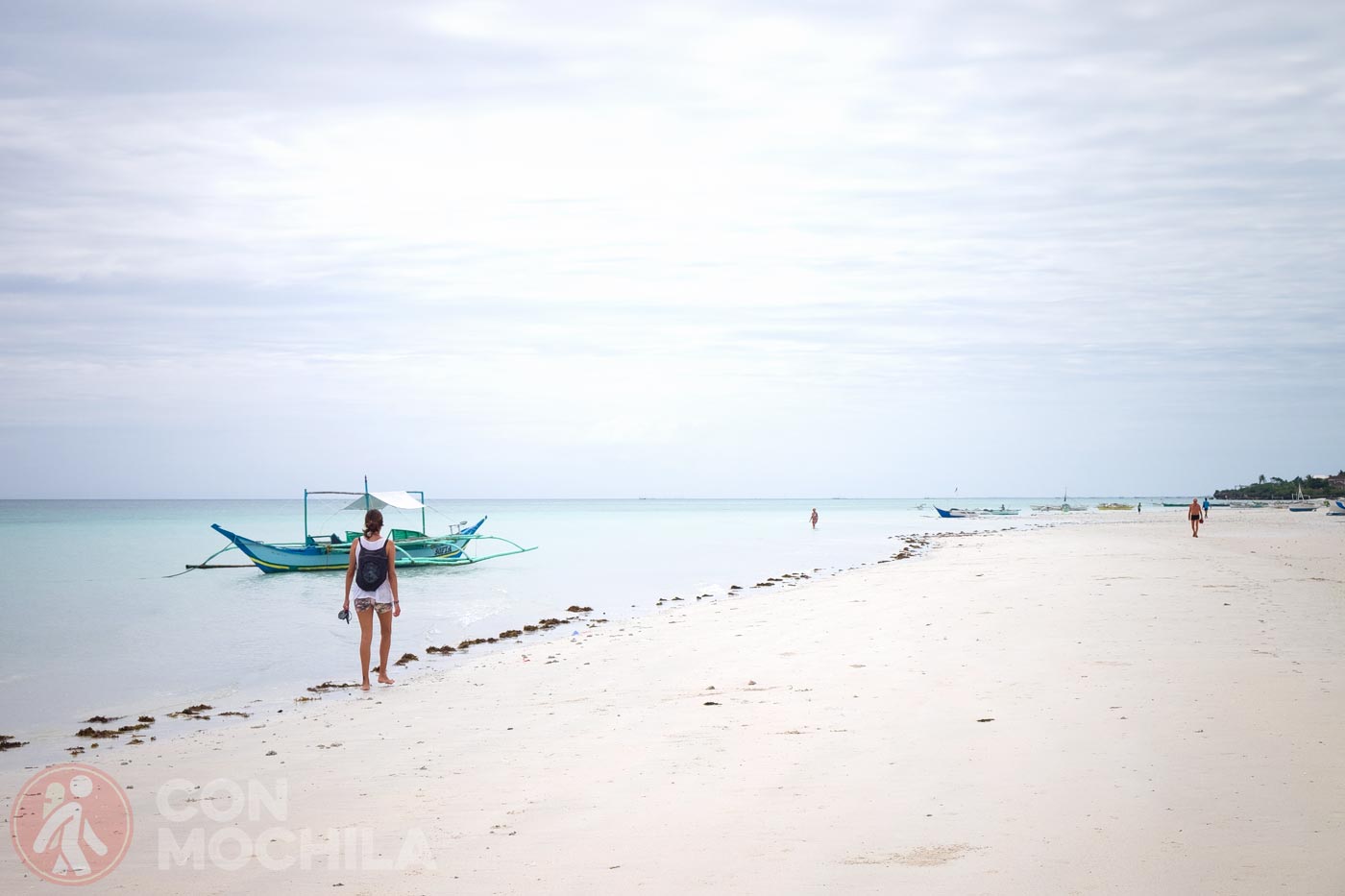
This neighboring little island, adorned extravagantly to impress tourists, is the perfect spot for spending a day at the beach. However, if the karaoke is on, tranquility might be hard to come by…
Pacijan, Poro, and Ponso, better known as the Camotes Islands, are small islands in the Philippines located in the sea of the same name. These islands are accessible from the port of Danao, near Cebu.
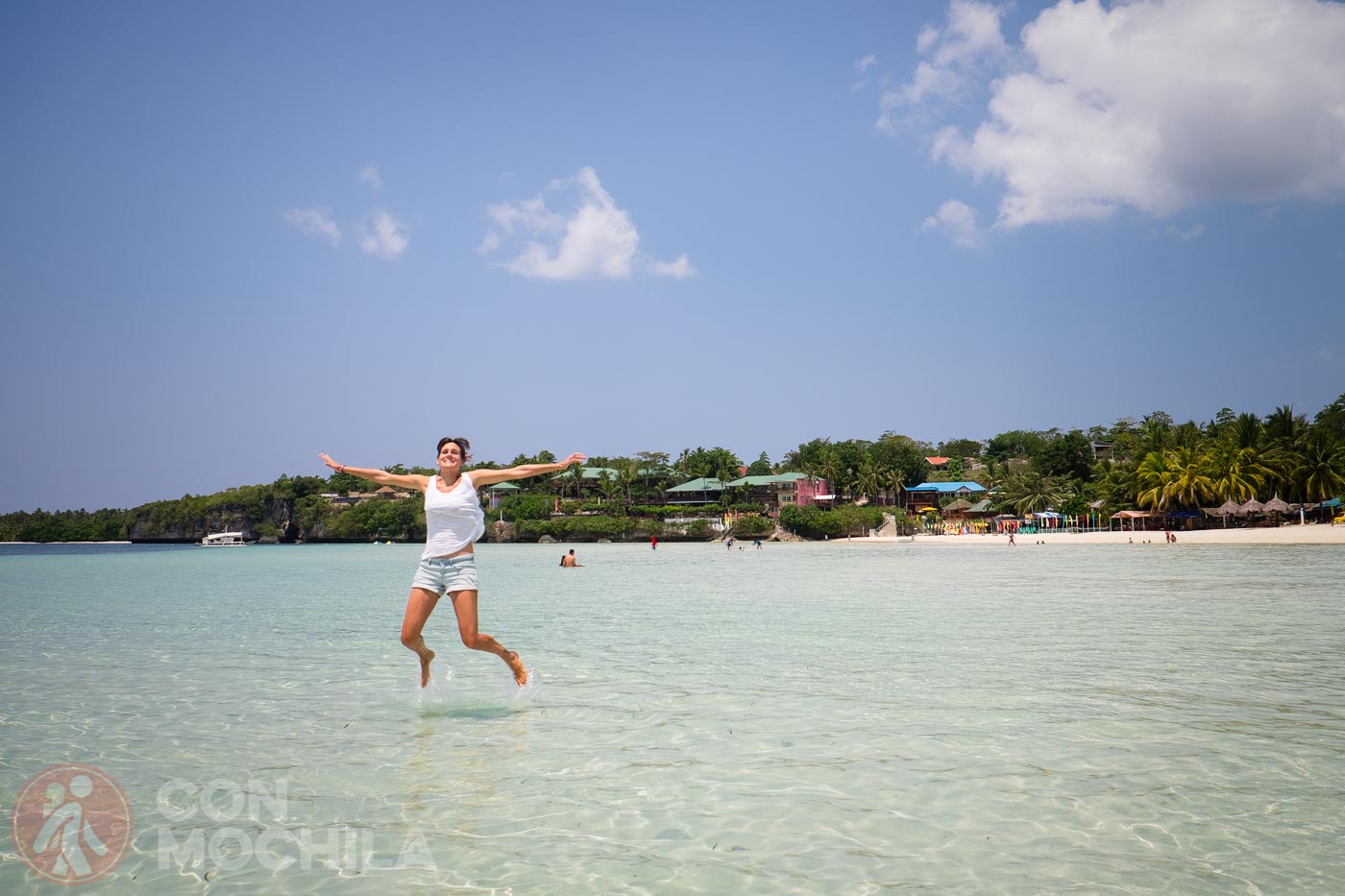
The fact that there aren’t too many sights to see (at first glance) makes this a quiet and less touristy destination, ideal for a few days of rest away from the more crowded spots in the Philippines.
It’s impossible to fully understand the beauty and history of the Philippines without exploring Manila, a destination that fascinates some and horrifies others.
The Philippine archipelago isn’t just a collection of beautiful, paradisiacal beaches; to understand the character of the country, visiting its capital is essential. Manila is a megalopolis often underestimated but capable of captivating those who give it a chance.
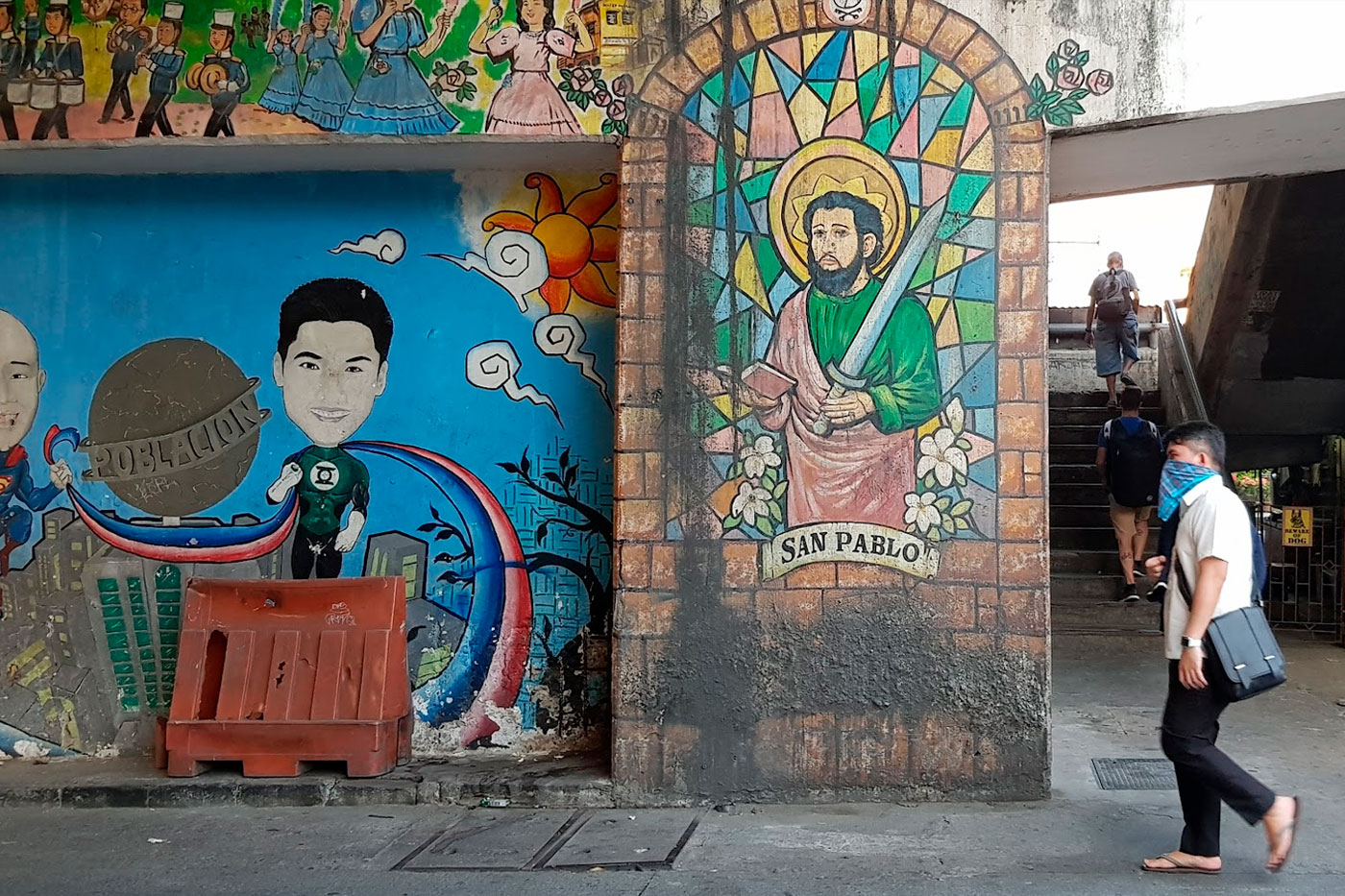
Manila boasts beautiful colonial neighborhoods, vibrant street scenes, a stunning Chinatown, and modern skyscraper districts, along with nightlife options for dancing and meeting people that are unmatched in many parts of the world.
You just need to know where to go to avoid getting lost in this vast megalopolis, which is also plagued by heavy traffic and dirt. To help you navigate the city, we’ve put together a comprehensive guide to Manila.
Among the stunning islands surrounding Cebu, Bohol stands out as one of the largest and most accessible. A ferry ride of just a couple of hours connects the two, making Bohol a popular destination in the Philippine archipelago.
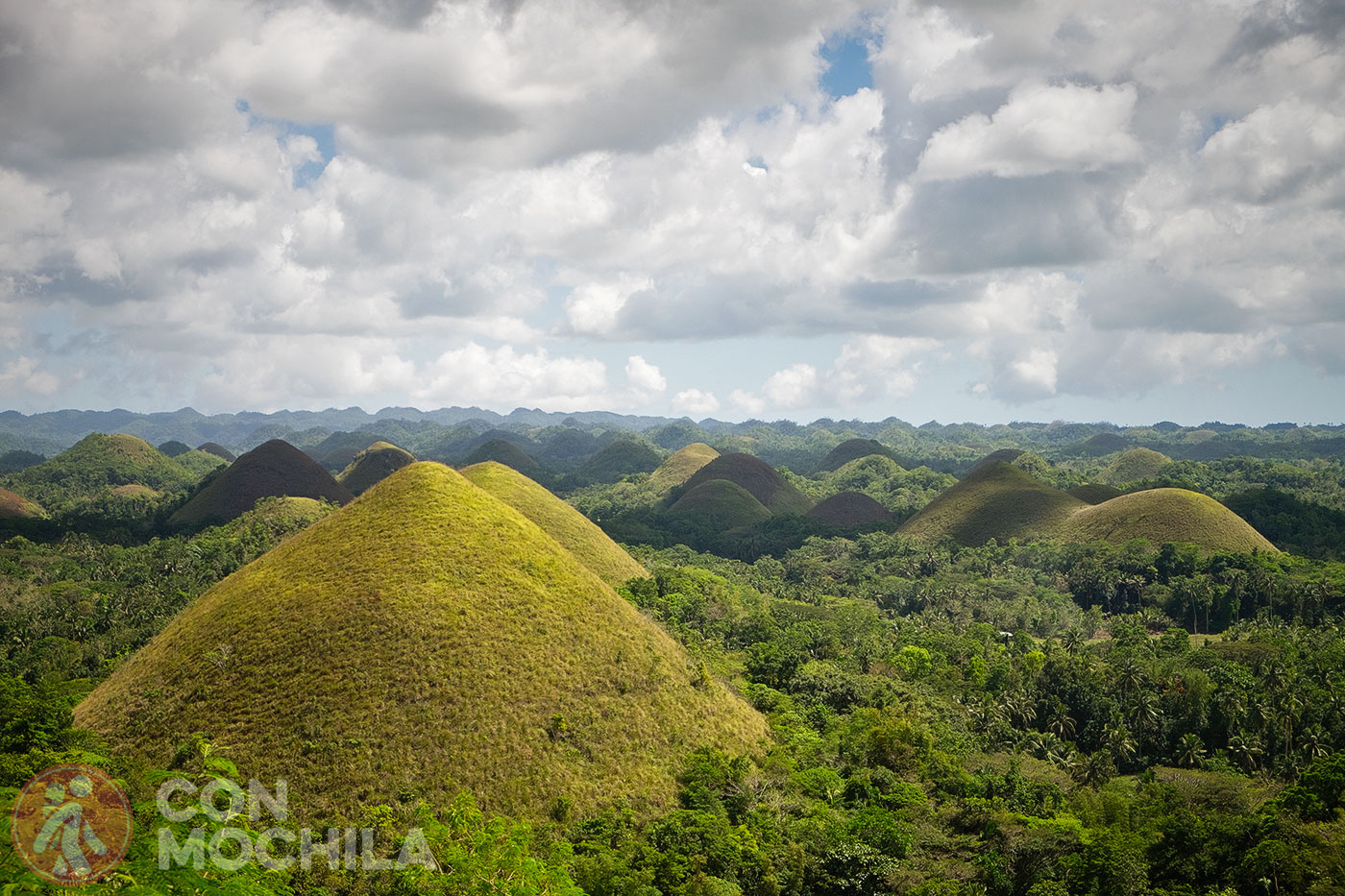
Bohol offers a mix of pristine beaches, the iconic Chocolate Hills, unique wildlife with strikingly large eyes, excellent diving spots, and nearby islands where turtles are commonly sighted. These attractions make Bohol a must-visit province in the Visayas for most travelers.
Siquijor, steeped in mysticism and a history filled with tales of healers, witches, and sorcerers (mangkukulam), was initially just a small note on my long list of dream destinations when planning my trip to the Philippines. In the end, we improvised, and nothing was ever set in stone.
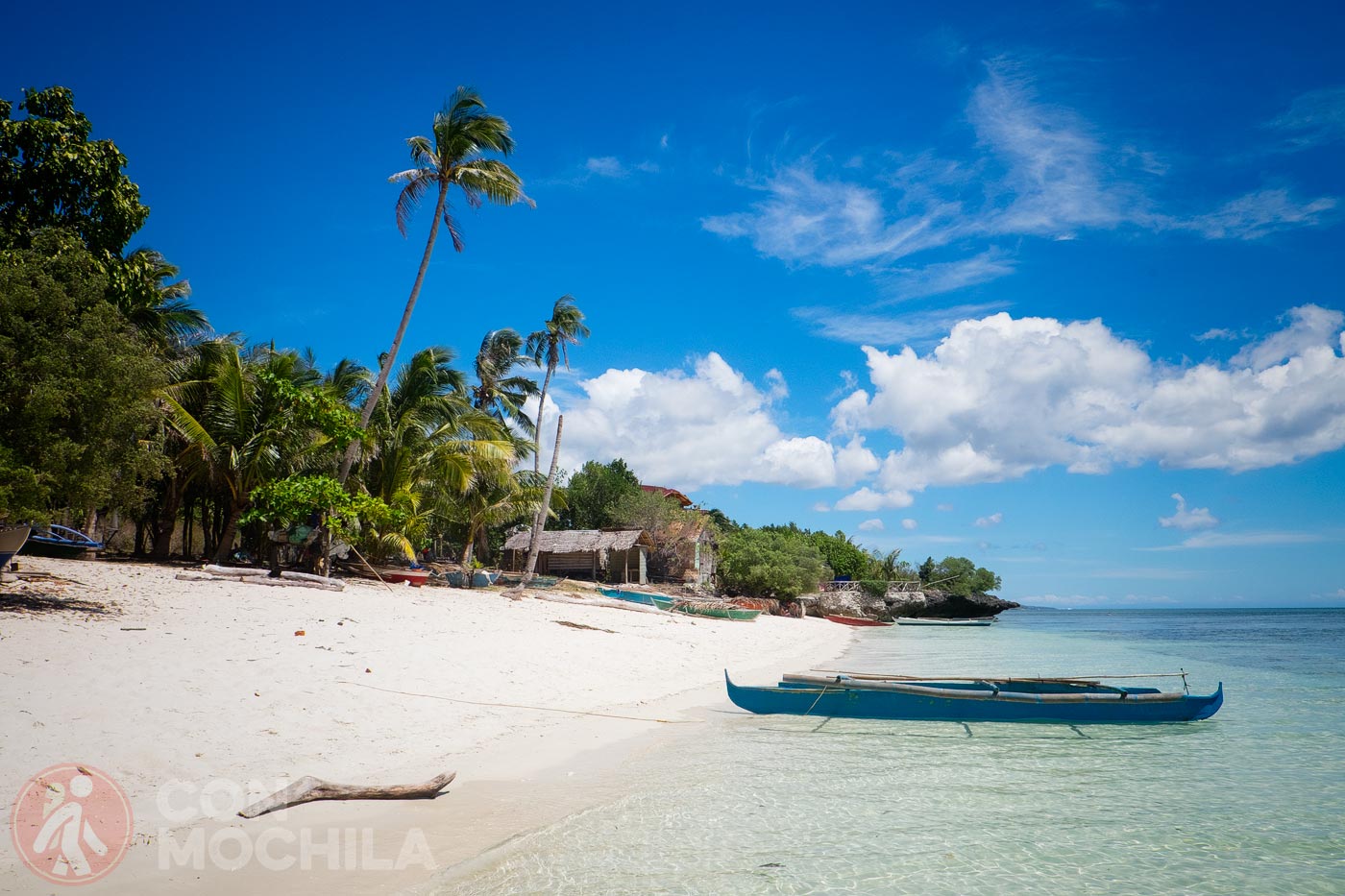
What captivated us most about Siquijor was its tranquility. While the island welcomes tourists daily, it remains an under-the-radar destination—not even popular among locals. Some Filipinos from other islands are hesitant to visit, fearing encounters with witches, or so they say. Who knows? Maybe they don’t believe it… or maybe they do!
Cebu City is a mix of history and chaos. Its bustling, dusty streets are home to buildings that echo tales of battles and churches that bear the weight of imposed culture. Despite being the second largest and most important city in the Philippines, Cebu struggles with dirt and disorganization.
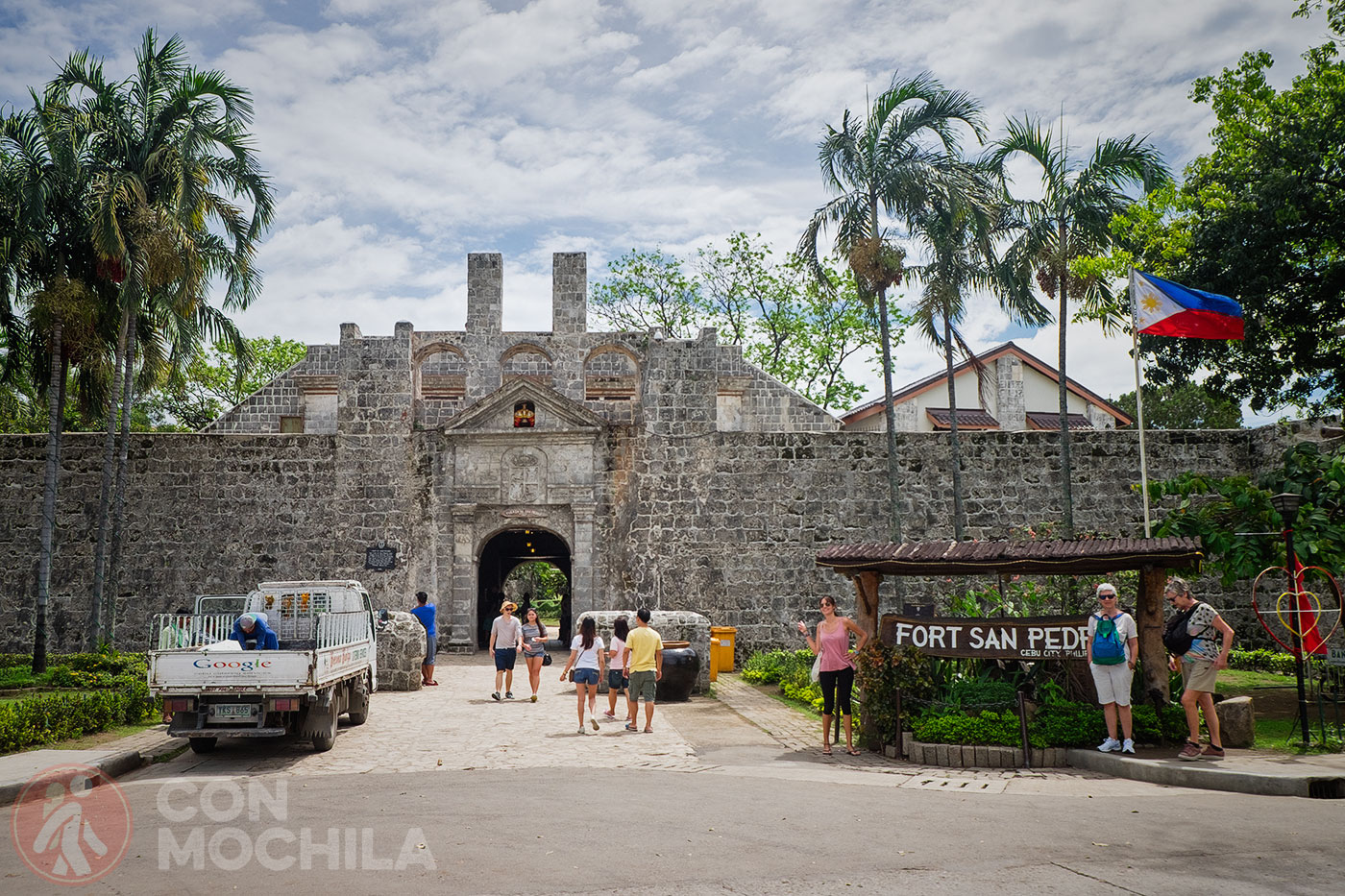
Cebu City is primarily a gateway for travelers heading to other islands. For this reason—since most people pass through here at some point—we’ve compiled a list of things to do and places to visit during your stay.
Puerto Princesa, the capital of Palawan province, often serves as a mere stopover for those heading to El Nido. However, if you’re not pressed for time and have several days to explore the island, the city itself does have a few things to offer.
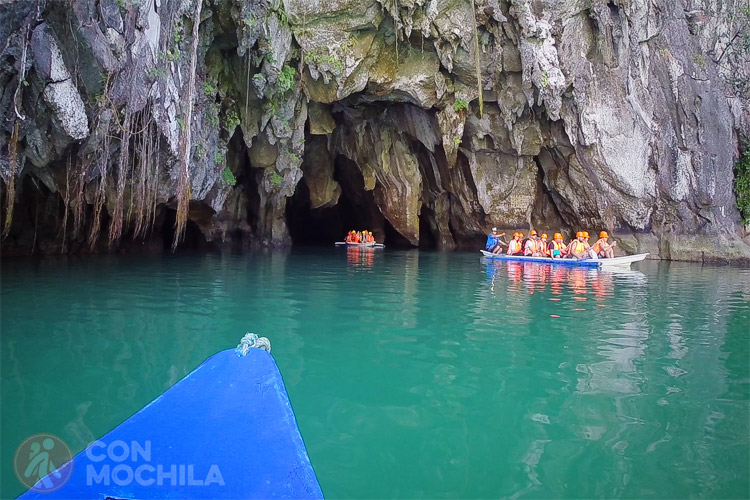
So, what can you do in Puerto Princesa? While the city itself may not be the main attraction for tourists, its surroundings hold plenty of appeal.
Imagine towering waterfalls with such an intense shade of blue that it’s hard to look away. These falls cascade across multiple levels, offering cool and refreshing water for swimming.
Now picture this beautiful place surrounded by the perfect setting: a lush jungle where various shades of green complete the idyllic scene.
Take a look at these photos of Kawasan Falls… Is this close to what you imagined? This and much more awaits you if you use Moalboal as your base of operations.
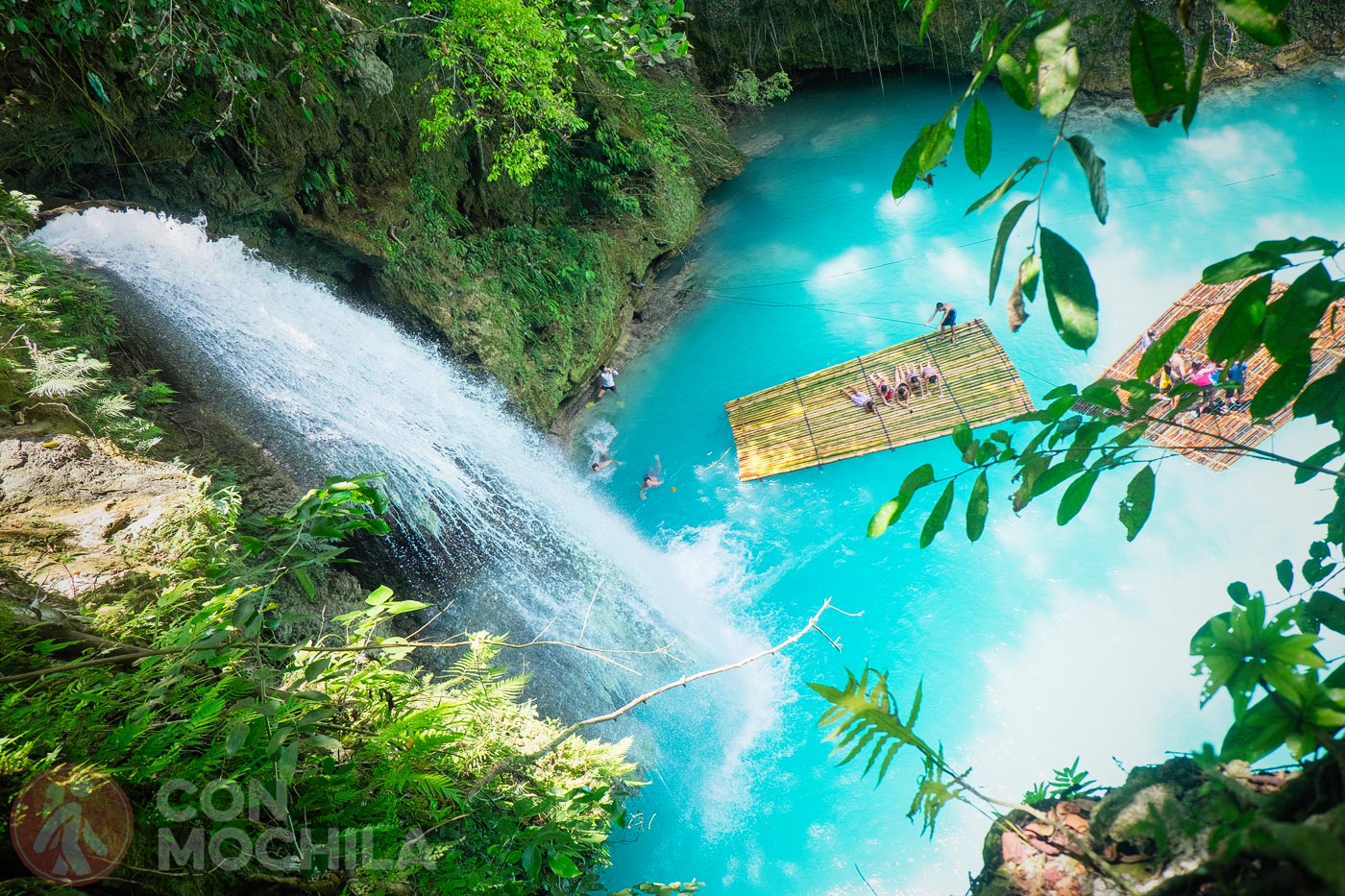
Negros Island is not among the Philippines’ main tourist attractions, and transportation across the island is quite slow. As a result, few travelers make their way there.
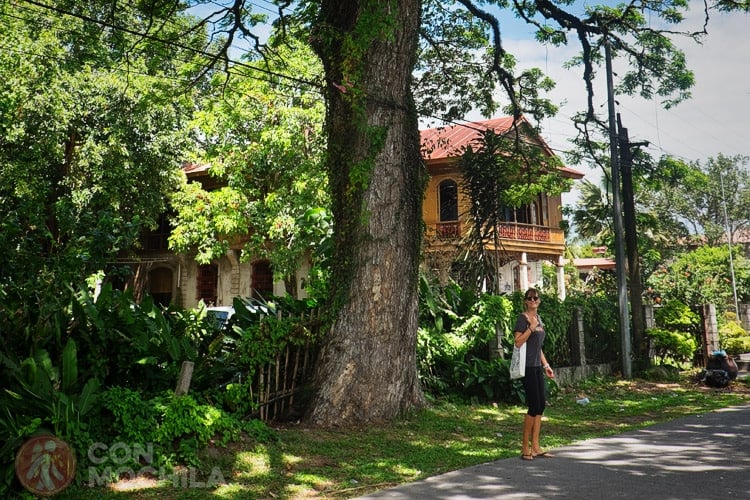
However, its charms include the serene Sugar Beach, where there’s little to do except let time pass, and Silay, a city that tells its story through the walls of its colonial houses.
Founded by Augustinian friars in 1572 and located in the province of Batangas, just two hours from Manila, the small town of Taal—known as Taal Heritage Town—has become an ideal destination.
It’s particularly popular among Filipinos from the capital who are looking to escape and disconnect from the chaos and noise of city life.
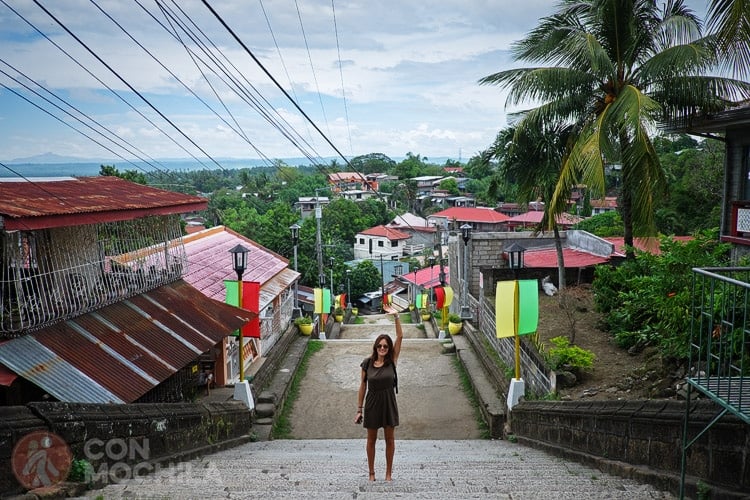
One of Taal’s highlights is the largest church in Asia, which you can find there.
The tarsier is the star of Bohol. This tiny mammal with enormous eyes draws the attention of travelers visiting the island and, unfortunately, has become a tourist attraction in itself.
Tarsiers have been turned into “fairground animals” with tragic consequences. Some locals keep them in captivity, locked in tiny cages, merely to show them to tourists in exchange for a few pesos…
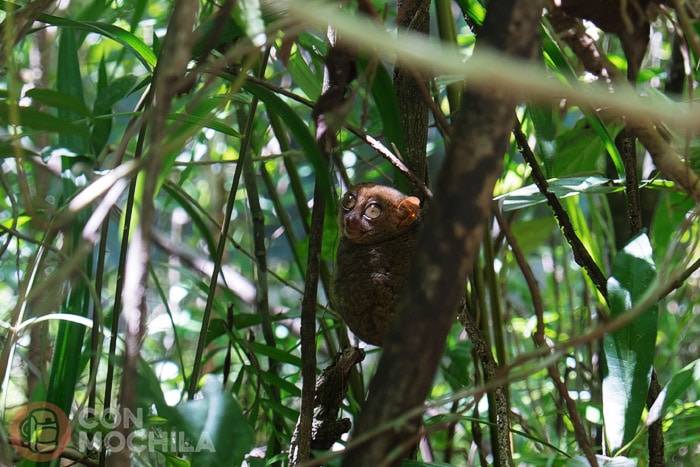
Fortunately, projects like the Philippine Tarsier and Wildlife Sanctuary, run by the Tarsier Foundation, aim to protect the tarsier and its habitat. Their efforts include research programs, promoting environmental awareness, and protecting wildlife areas.
Exploring the underwater world is a fascinating yet sometimes daunting activity. Simply putting on a diving mask and peering beneath the surface reveals a whole new world of colors and unfamiliar life forms.
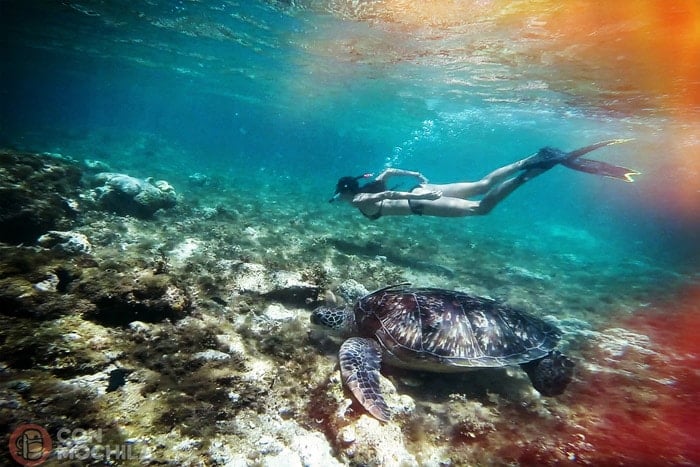
However, this world needs to be cared for and respected. If you’re planning to include snorkeling in your trip and want to ensure your presence doesn’t negatively impact the ecosystem, consider learning about responsible diving practices (whether with or without a tank).
Our philosophy, at the beginning, was always “book the first night and then go find hotels as you go” but since people began to travel in masses, new hotels and new “fully booked” signs emerged, along with new booking websites. The advantage is that now you have, within reach of a click, a lot of hotels and guesthouses that you can choose from before arriving at your destination.
We recommend platforms like Booking.com or Agoda.com, which are very active in Southeast Asian countries like Philippines.
While it is true that we are among those who bet on moving around Asian or Indian cities by tricycle, rickshaw or tuk-tuk, we cannot deny that new technologies make it easier for us to get around, at least in big cities.
In the Philippines we made a lot of use of Grab and Uber, a couple of apps that allow us to find private drivers and avoid the typical haggling with cab drivers.
If you’ve started planning your trip to the Philippines, you might be concerned about how much money you’ll need. Is it expensive to travel to the Philippines? The truth is, it’s a bit more expensive than traveling through some of its neighboring countries. However, with some planning and a few tips, you can save a bit of money. In short, you can travel as a backpacker without too much difficulty.
As in most countries, the cost of accommodation depends on the level of comfort you’re looking for (though it’s worth noting that the options aren’t particularly extensive). For example, we paid as little as 500 pesos for a cabin with a shared bathroom on Sugar Beach (Sipalay) and up to 2,150 pesos for a room with full board (breakfast, lunch, and dinner) on Apo Island—always for two people.
Street food or meals at local eateries usually cost between 50-70 pesos for a main dish. If you eat at reasonably good restaurants, you’ll find dishes for 100-150 pesos, though prices tend to rise as you get closer to more touristy destinations, especially on the more famous beaches. In a nicer restaurant, you should expect to spend at least 200 pesos per dish.
Sooner or later, you’ll likely take a boat trip to a nearby island—an activity known in the Philippines as “island hopping.” Popular options include trips to the Bacuit Archipelago from El Nido for 800-1,000 pesos, an excursion to the Puerto Princesa Underground River for 1,500 pesos, or a visit to Virgin Island from Bantayan for 500 pesos, among others.
We usually rent scooters when we travel, but surely at some point, we’ll want to rent a car (or a tuk-tuk) and remember the day we decided to get an international driving permit.
Click on the image and it will take you to a new Google Maps window with all the points of interest to travel around the Philippines.